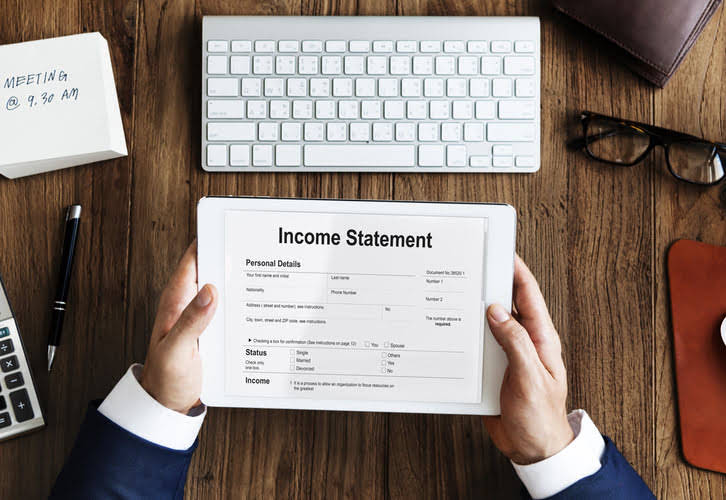
Checks that remain outstanding for long periods of time cannot be cashed as they become void. Some checks become stale if dated after 60 or 90 days, while others become void after six months. The payor must be sure to keep enough money in the account to cover the amount of the outstanding check until it is cashed, which could take weeks or sometimes even months. If you have an outstanding check, you should first follow up with the payee to ensure that they received it and have not lost or misplaced it.
Communicate with the Payee
Determine the outstanding checks by comparing the check numbers that have cleared the bank with the check numbers issued by the company. Use check marks in the company’s record of checks issued to identify those checks returned by the bank. Checks issued that have not yet been returned by the bank are the outstanding checks. If the bank does not return checks but only lists the cleared checks on the bank statement, determine the outstanding checks by comparing this list with the company’s record of checks issued.
- Perhaps the check was lost, or the payee may have encountered an issue that prevented them from depositing the check promptly.
- From there, you can confirm whether or not the check has been processed.
- Don’t let fear of missing out on compliance requirements drive your organization’s financial processes into dangerous territory.
- • Reach out to the payee and ask what happened to the outstanding check.
- NPR’s own Olympics team will bring you recaps, coverage and color — including on the ground in Paris — online and on air over the next few weeks.
- Because of this, keeping correct financial records can be difficult, and it may lead to problems during audits or when reconciling finances.
Implement Electronic Payments
On the bank side of the reconciliation, you do not need to do anything else except contact the bank if you notice any bank errors. On the book side, you will need to record journal entries for each of the reconciling items, because those are transactions you forgot to record in September during your regular bookkeeping process. Sometimes banks make errors by depositing or taking money out of an account in error.
Problems with Outstanding Checks

Debit memos reflect deductions for items such as service charges, non-sufficient funds (NSF) checks, safe-deposit box rent, and notes paid by the bank for the depositor. Credit memos reflect additions for items such as notes collected for the depositor by the bank and wire transfers of funds from another bank in which the company sends funds to the home office bank. Check the bank debit and credit memos with the depositor’s books to see if they have already been recorded.
These checks can cause complications, notably overdrawn accounts, and possible overdraft fees. Furthermore, they can create inconsistencies that complicate a person’s accounting records. With banking activity becoming increasingly electronic, another way to avoid writing a check and forgetting about it is to use the checking account’s online bill pay service. This should provide real-time information about the total dollar amount of checks outstanding and the total dollar balance present in the account. A check is a financial instrument that authorizes a bank to transfer funds from the payor’s account to the payee’s account.
Preparing a Bank Reconciliation

Outstanding deposits refer to a deposit that has been made but has yet to clear in the recipient’s account. Unlike a check, deposits have already been received by the bank and are being processed. Different banks have different processing times, but most outstanding deposits typically clear within three business days.

How Do Outstanding Checks Work?
Besides avoiding potential bounced or overdraft fees, reconciling monthly will ensure proper cash flow management. A delay in resolving payments can cause serious harm to a company’s financial position. The potential for fraud is high with outstanding checks, put more pressure on the accounting team to monitor all transactions vigilantly.

Avoiding Outstanding Checks
Anytime you make this request, mark it in your accounting software or ledger as “canceled.” Doing so allows this money to be made available again. If they do this in a timely manner, the check clears, and the payment gets transferred from the payor’s bank account to the payee’s bank account. Educating staff on an outstanding check is one that has not yet been issued. the importance of timely and accurate financial reporting can also play a crucial role in avoiding outstanding check issues. When employees understand the impact that these checks have on the company’s financial clarity, they are more likely to adhere to best practices in payment processing and record-keeping.
- An outstanding check is when the payee neglects to cash or deposit a check (or the check gets lost).
- If you wrote a check that is outstanding for more than a few weeks, there are steps you can take to resolve the situation.
- Individuals can reduce surprise withdrawals in personal accounts by using online bill payment instead of issuing paper checks.
- Of course, it’s best practice to deposit a check as soon as you receive it, which is why most checks include language encouraging a timely deposit.
- Outstanding checks are not bad per se, but it’s generally wise to promptly deposit or cash checks so that they do not expire.
- Knowing when a check expires is an initial step before deciding whether to write a new check.
